Eleanor Jolliffe on how the streamlined 2025 code of conduct signals a more grown-up relationship between architects and their regulator

The ARB has launched a new code of conduct which will become effective from 1 September. I am sure I am not the only architect who saw the email and added ‘read new code’ to the bottom of an ever-lengthening to-do list, right underneath ‘finish recording CPD’.
In introducing the new code, the ARB states that “The Architects Code is a positive statement of what professionalism and ethics mean to architects. It explains in clear terms the behaviours and high standards that all architects are expected to meet.” I wholeheartedly support codes of conduct, but rewriting them with nice graphics is an area in which I am reflexively cynical. I will also admit to being sceptical about how much the ARB had listened to the consultation process they embarked on, and in which I had participated in a small way.
I will admit to being wrong, and being too cynical; while irritating in a (very) few places, the new code is slimmed down, concise and doesn’t hector. I would even go so far as to say that it is an improvement on the 2017 code in the increased professionalism it implies.
The new document is just 10 pages, instead of the previous 20. The 12 standards of professional practice in the 2017 code have been slimmed down to 6, and though some of the wording is different, the vast majority of the spirit of the previous 12 standards can be found in whole or in part within the body of the new 6.
In some places, our scope has been broadened, in others cut, but most of the cuts are in the contextualisation rather than the spirit of what being a professional architect is.
‘Be honest and act with integrity’ can largely be found in ‘Honesty and Integrity’ (which also covers much of 2017 standard 3 ‘Promote services honestly and responsibly’). ‘Consider the wider impact of your work’ is now largely found in ‘Public Interest’; ‘Be Competent’ in ‘Competence’. ‘Have respect for others’ is now covered by ‘Respect’.
In short, this code treats you like a professional and expects you to abide by its spirit
‘Manage your business competently’ is now largely covered by ‘Professional Practice’, which also includes elements of 2017 Standard 8, Insurance arrangements, and 2017 Standard 9 ‘Maintaining the reputation of architects’. I won’t continue, but suffice to say the only major omissions I could spot (though leave any others you find in the comments) are that there is no direct instruction any more regarding clients’ money, and no longer a specific requirement to “conduct yourself in a way which does not bring either yourself or the profession into disrepute”.
2025 Standard 1, though, does note that “Public confidence in the profession will be maintained only when architects act with integrity in all their actions and decisions”, so perhaps they have just rewritten this for an age when the general understanding of a professional has been watered down slightly.
What I like about this new code is its brevity. It is clear that the examples it gives are non-exhaustive. It also does not seek to repeat legal obligations or requirements set out in regulations or guidelines elsewhere (I would be splitting hairs if I noted some wording about caring for the health and safety of others under Standard 2 that is eerily similar to CDM responsibilities).
In short, this code treats you like a professional and expects you to abide by its spirit. If you want more detail on particular contexts and topics, they are publishing much more accompanying guidance than came with the 2017 version.
The vast majority of architects are thoughtful people, passionate about the profession they practise – it’s not the sort of profession you tend to stay in otherwise
My two niggles, though. Firstly, we are instructed: “Do not knowingly break the law or assist others in unlawful actions.” It is sad that the ARB feels this needs to be included. It is here both as an example in Standard 2, and in the introduction.
In a code that is clear that it “does not seek to repeat legal obligations”, I find it an interesting addition. Is law-breaking so endemic among the profession?
I also have a niggle with some of the wording of Standard 6: “…architects can create environments where all ideas and individuals are valued.” I like the sentiment and spirit of this, but I won’t be reporting myself to the ARB if I fail to value all the ideas I hear in the average week.
“I know that’s gone in the wrong place, but we can put a nice bit of boxing around it” is an idea I hear with reasonable frequency, but it is not one I am intending to attach too much value to. Perhaps I am being unnecessarily cynical, though.
The ARB promised us a significant rethink of the code and they have delivered. They have not watered down the fundamentals of professionalism, and I would argue that in reducing the contextual examples, they have in fact demonstrated increased confidence in the profession they regulate.
The vast majority of architects are thoughtful people, passionate about the profession they practise – it’s not the sort of profession you tend to stay in otherwise. Previous iterations of the code have felt a little patronising, but this new code changes that.
There is an implied respect in the wording that was missing before. I for one no longer feel slightly infantilised by my regulatory body!
>> Also read: ARB publishes new Architects Code, effective from September
>> Also read: The regulator steps into the spotlight
Postscript
Eleanor Jolliffe is a practising architect and co-author of Architect: The evolving story of a profession


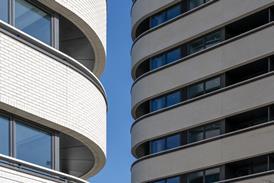

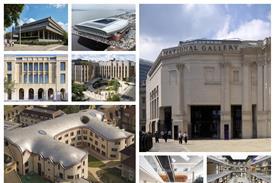

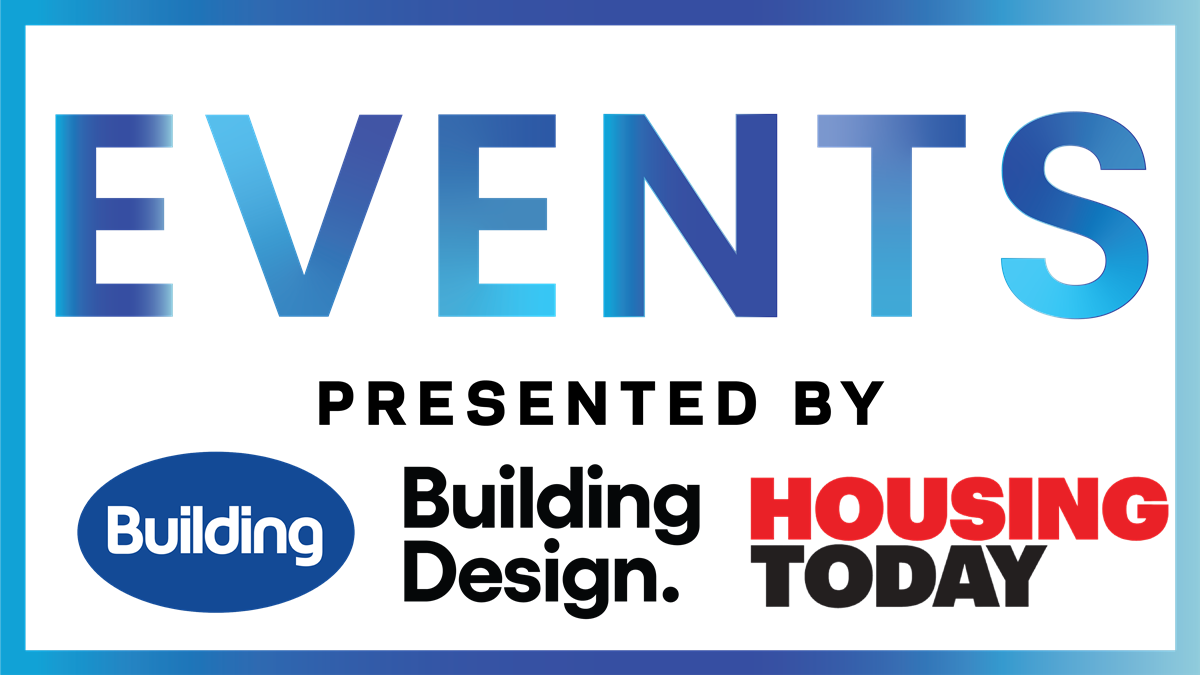
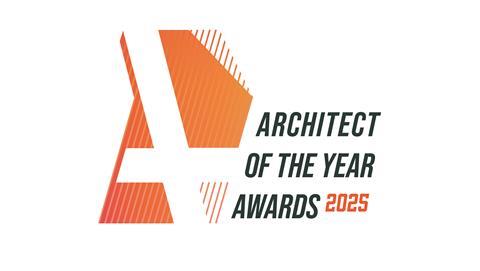
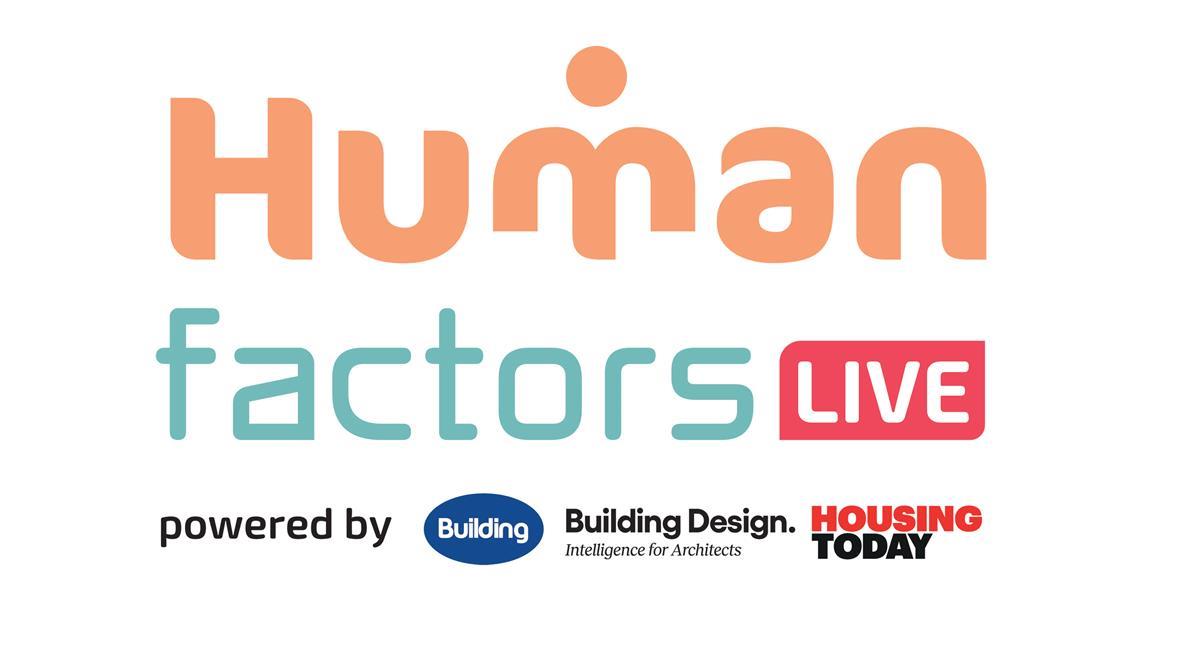







2 Readers' comments